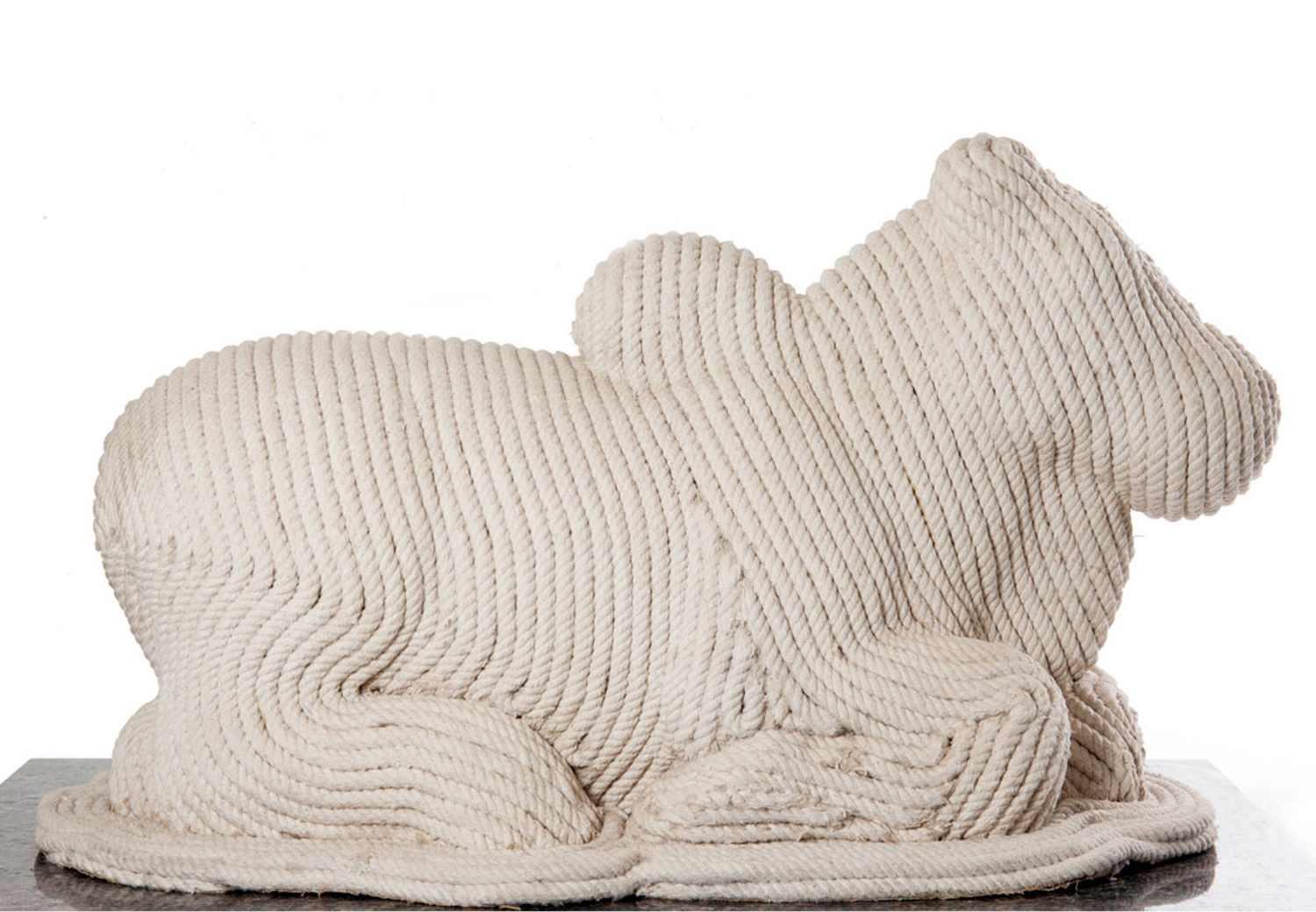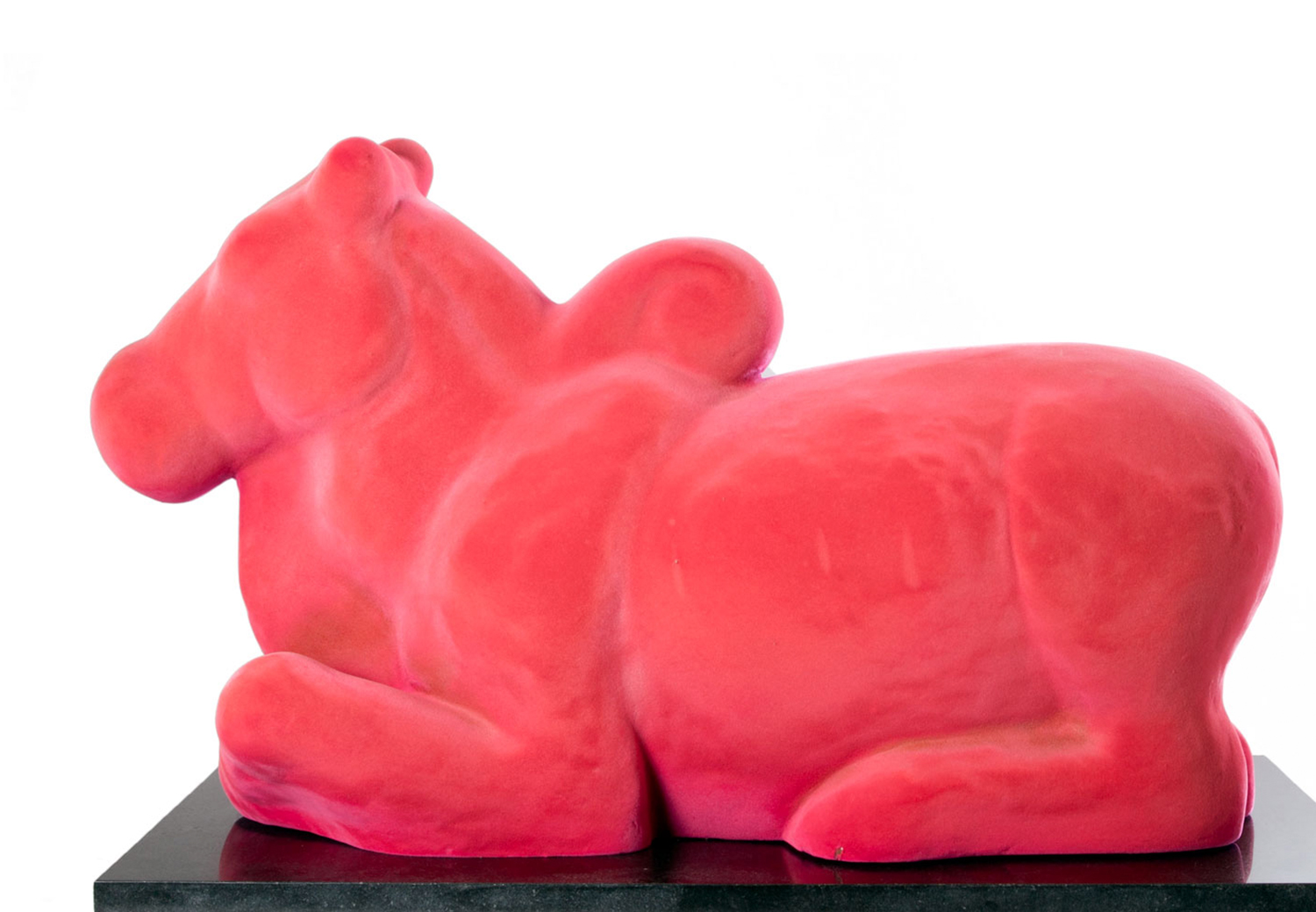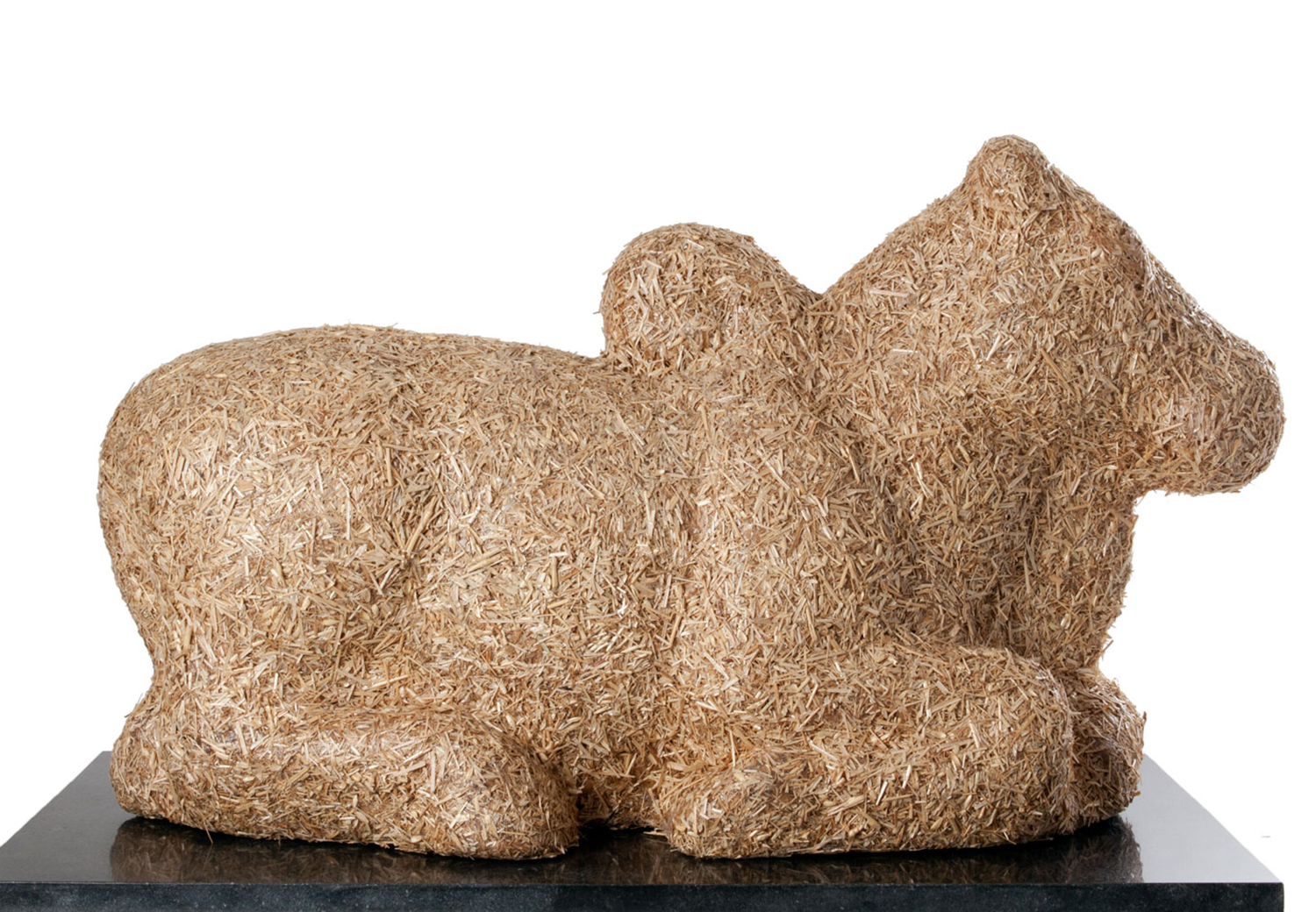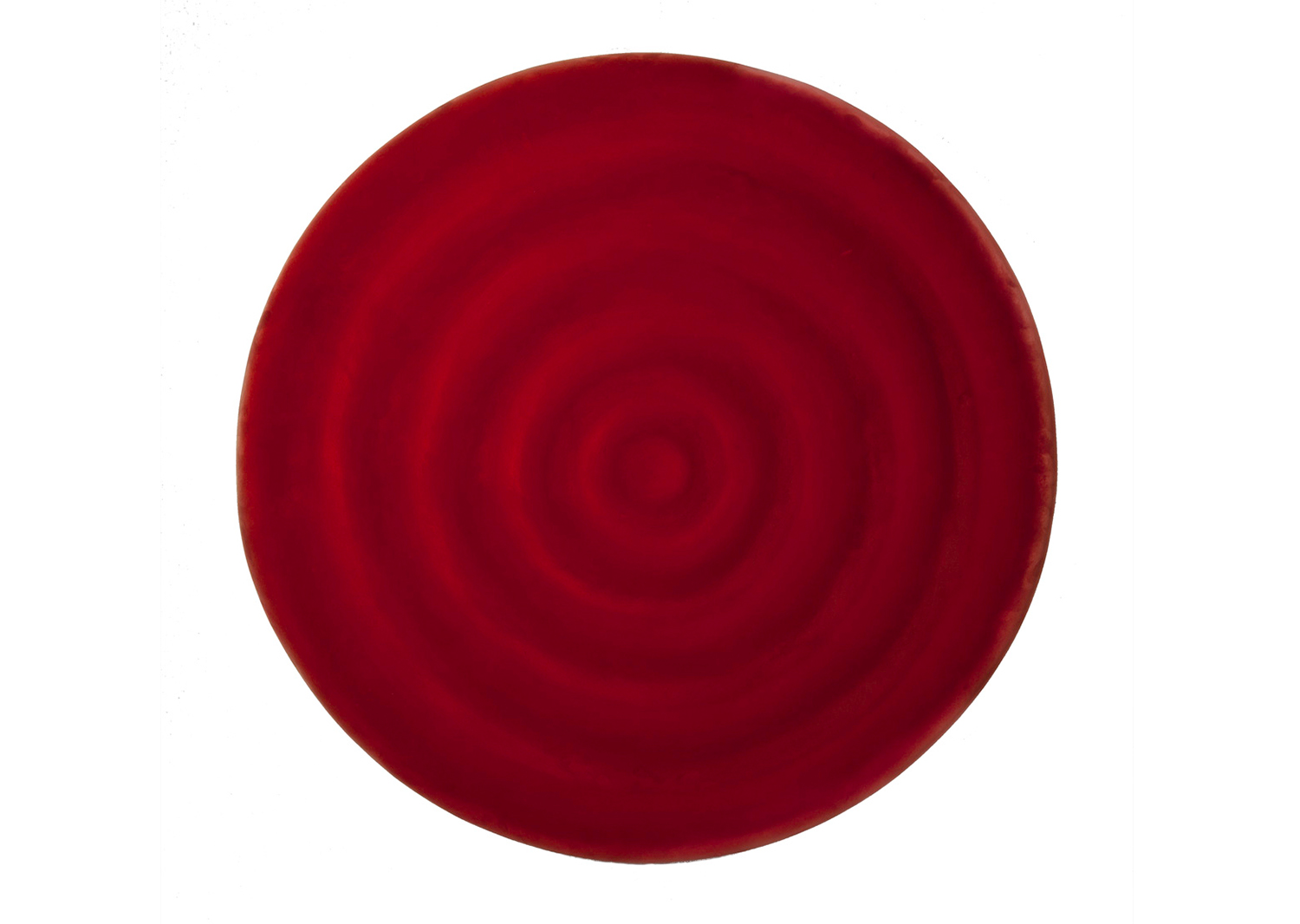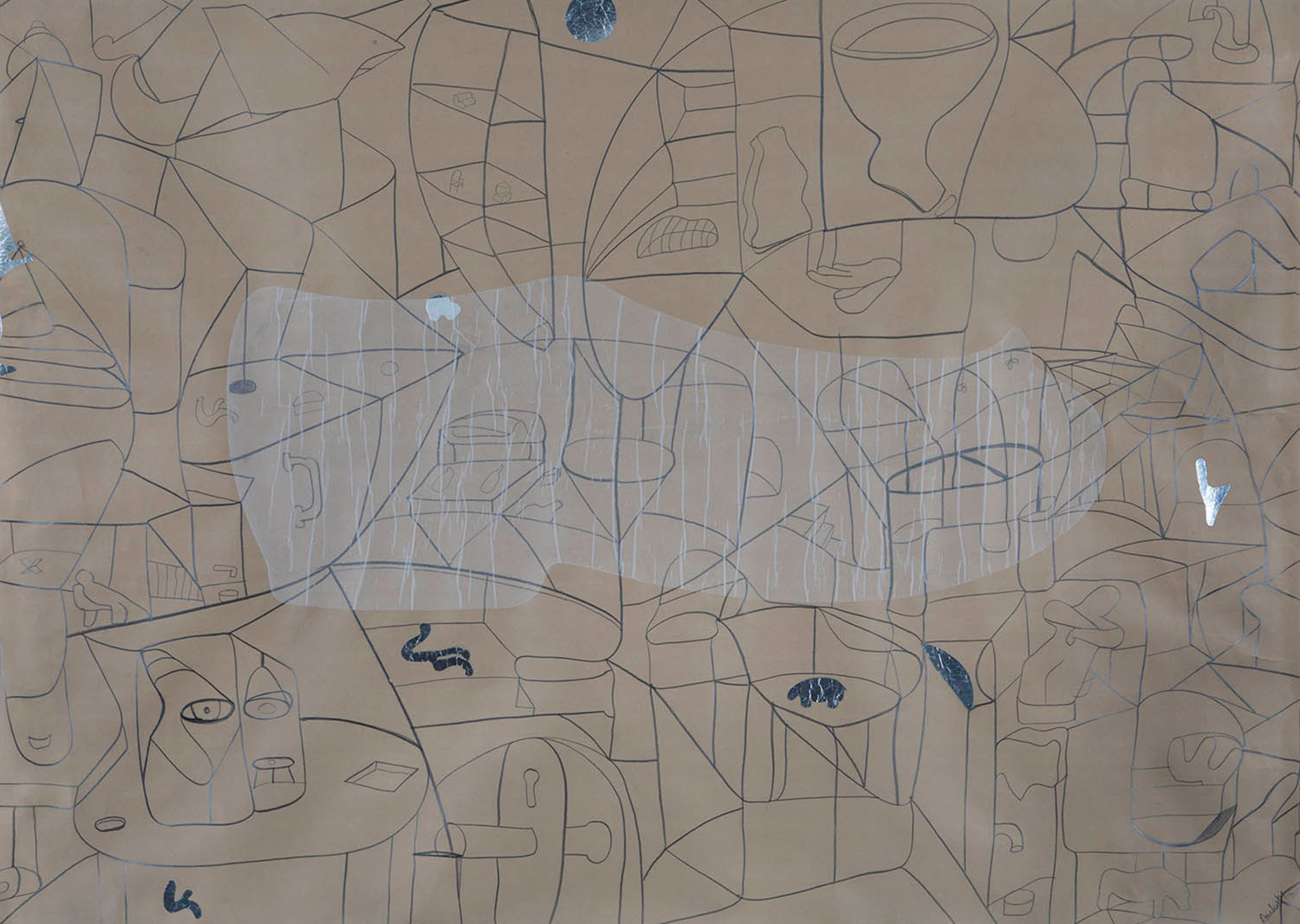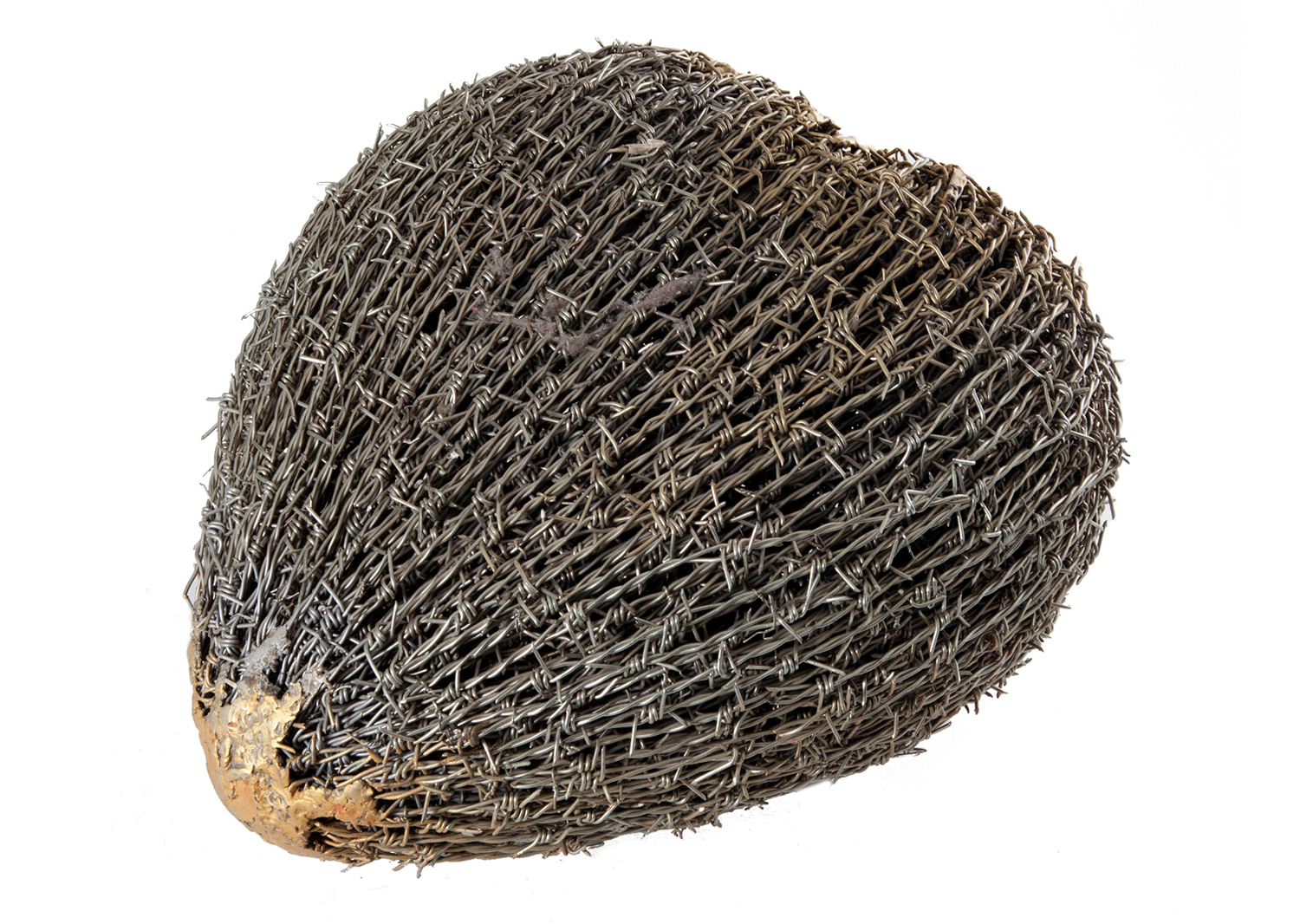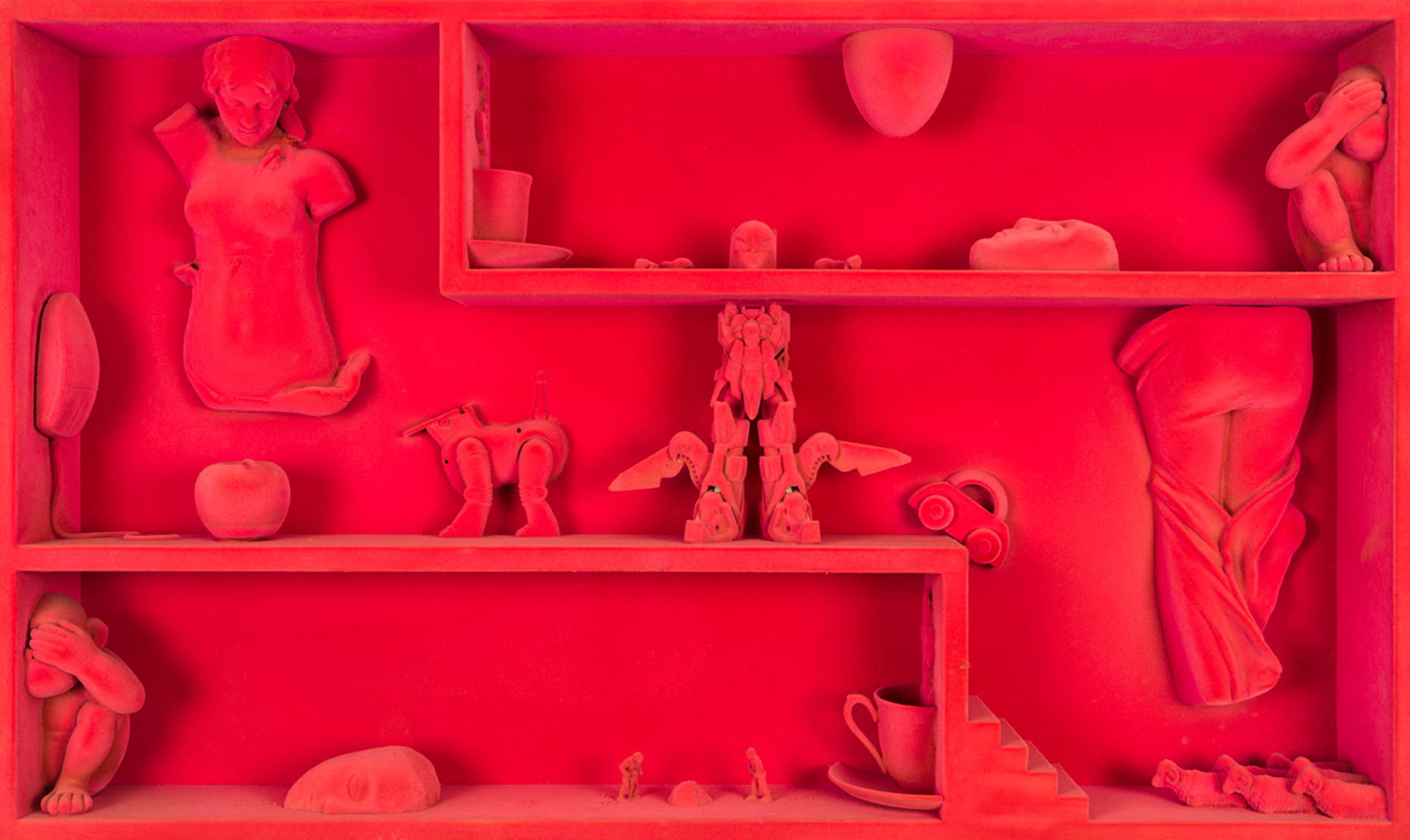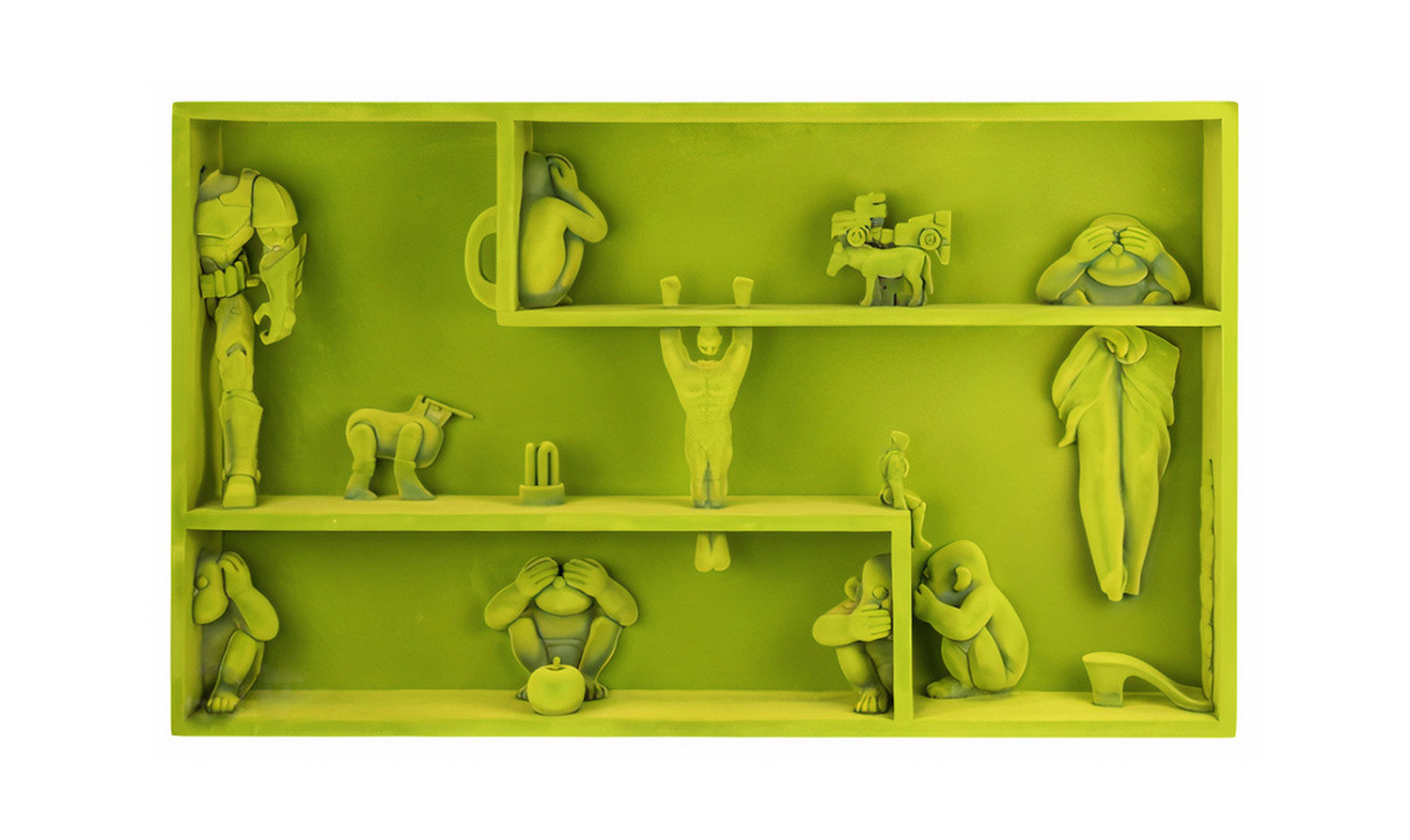ARTICLE
Arunkumar HG (b. 1968)
A contemporary Indian artist with a multidisciplinary practice, Arunkumar HG is known for the ecological and social concerns in his work, often expressed through his use of diverse reclaimed materials and found objects. Traversing sculpture, photography and installation art, his work reflects on the impacts of development and consumerism as seen in the depletion of natural resources and issues faced by agrarian communities. The figurative subjects of his sculptures often comprise animals depicted in simplified forms, frequently those appearing in Indian mythology, such as the bull as Nandi and the boar as Varaha, which he has rendered in a variety of materials over the course of his career.
Arunkumar was born into a farming family in rural Shivamogga, Karnataka, at the foot of the Western Ghats hill range in India. He received his bachelor’s and master’s degrees in sculpture from the Faculty of Fine Arts at Maharaja Sayajirao University, Baroda (now Vadodara) between 1989 and 1995. He began his career in Gurgaon (now Gurugram) near New Delhi, working for a company that makes children’s toys out of natural rubber foam — an association he continued until 2010. Struck by the extent of industrial impact on Shivamogga’s natural environment and communities on a visit to his hometown in 2005, Arunkumar was prompted to shift the focus of his art practice to themes of development and ecological disruption.
These concerns have shaped Arunkumar’s work particularly in the choice and treatment of the materials he uses, which include discarded objects, polythene bags and packaging material as well as reclaimed material such as wood, cement and aluminium. The selection of such objects and materials as his sculptural medium references their origins and life cycles in the context of excessive consumerism and waste. However, Arunkumar’s career has been characterised by the use of diverse sculptural mediums from the beginning. Some of his early works took the form of inflatable objects, such as the large canvas and latex ball that children were invited to explore and paint on (Innocent Globe) — created as a community outreach project at the ARCUS residency in Japan in 1999. In 2005–06, he used materials ranging from fibreglass and astroturf to steel and aluminium, coupled with stuffed toys, electronic screens, piping and other found objects, for the installations in his show titled FEED.
He explores questions surrounding contemporary agriculture and economy in his 2010 work Bhujanalay (‘Earth-Diner’). A wooden dining table covered with standing wheat stalks, the exhibit showed a small crop that the artist had cultivated over a three-month period. The performative aspect of the work, juxtaposed with the negligible market price of this amount of wheat, allowed Arunkumar to highlight the undervalued effort of agricultural production as the purchase of everyday food becomes cheap and anonymous. This was shown as part of the exhibition TRACT (2010), which also included a topographical model made of sugar cubes (Earth Above Our Feet), a larger-than-life boar made of polythene-bag scrap (Varaha) and photographic prints combined with ceramic plates labelled with the array of chemicals entering the soil in contemporary farming (Bhu-kha/Bhumi ki Khurakh or ‘Diet of the Earth’). Continuing his work with natural materials, in 2012, he created large assemblages using collected leaves (Re-leaf) and seeds (Pro-seed).
In 2014, he created Droppings and the Dam (Damn), a standing tapestry roughly 2 metres high and almost 4 metres long, made using close to one lakh plastic bottle caps that he collected from his surroundings over two years. Its installation on the beach at the biennial event Sculpture by the Sea in Aarhus, Denmark (2015) offered a direct context for its theme — the damage to marine life from plastic waste. A smaller version of this sculpture comprising about seventy thousand bottle caps was exhibited the previous year in the group show Forms of Activism curated by Vivan Sundaram and Sasha Altaf at Lalit Kala Academi, New Delhi. Here it was placed among other works of social, political and environmental protest by artists such as Riyas Komu, Gauri Gill and Reena Saini Kallat. Besides Sundaram, the ecological, sculptural and interdisciplinary aspects of Arunkumar’s practice place him alongside contemporary Indian practitioners such as Ravi Agarwal and Asim Waqif.
Arunkumar worked extensively with animal and human forms for his shows In-site and CON-STRUCTION in 2018. For In-site, he created mould-cast forms of animals, up to 1 metre tall, including a lion, a boar, an elephant and the Nandi bull, cast using materials such as wood pulp, cement and aluminium. While the animals connote a link with the natural world, Arunkumar deliberately employs a visual language, materials and mode of production that are closely associated with industrial manufacturing. The homogenous grey, polished surfaces of the animals are marked with modern iconography such as arrows and caution signs in bright colours. The juxtaposition between the subject and its treatment serves as a reflection on environmental unsustainability and the need for more compassionate development practices — a message emphasised by the photographic work Vulnerable Guardians (2018), displayed around the sculptures. A series of portraits printed on reclaimed wood panels, these images show small-scale farmers, migrants and urban watchmen, as well as individual trees in different landscapes, who — though they perform important duties — are marginalised or threatened by consumerism and urbanisation. Images from this series also feature in CON-STRUCTION (2018), which features much larger sculptural figures heavily using reclaimed wood as well as other materials including cement, paper pulp, aluminium and wood glue. Reaching a height of up to 2.75 metres, these monumental works take the form of truncated human figures and animals such as elephants and rhinoceroses, as well as more abstract compositions. Contrasting with the works in In-site, these densely textured sculptures, such as Impinged I, Within, Without, Consumed I and Con-struction I bring the inherent surface qualities of the reclaimed material to the fore, alluding to the large-scale industrial processes such as transport and construction, in which these materials are used. In his treatment of materials, Arunkumar redefines their stereotypical associations: cement is used as an erratic, superficial element rather than a load-bearing one, while paper pulp is used to create large masses; similarly wood, normally perceived as natural and organic, is used in its industrial form as standardised, printed packaging material. The works from this series were shown at Kochi-Muziris Biennale in 2018.
Between 2010 and 2018, Arunkumar spent a large amount of time in Shivamogga, moving away from urban studio practice to familiarise himself firsthand with the environmental challenges and community interactions in the region of his upbringing. He set up reforestation and conservation efforts and, in 2014, established Sustainable Alternatives for Rural Accord (SARA) on his family’s property in Dombekoppa village. The community outreach organisation provides a space for discourse and education on ecological concerns in the Western Ghats, as well as a platform for artworks that explore issues affecting the people of the region. Arunkumar’s preoccupation with the ecology of the Ghats also emerged in his 2018 sculpture A Homage to Hendrik van Rheede, a 2.6-metre-tall abstract tree-like form using wooden planks reclaimed from an industrial scrap yard. The wood features silkscreen-printed images from naturalist van Rheede’s 17th-century work Hortus Malabaricus, a detailed compendium on the flora of the Western Ghats region.
Arunkumar’s work has been exhibited at art galleries in India and elsewhere. His works are part of the public collections of the National Gallery of Modern Art, New Delhi, J&K Culture Academy, Jammu, and the Karnataka Government Museum, Bengaluru, as well as a number of private collections around the world.
At the time of writing, Arunkumar lives and works in New Delhi.
Bibliography
“Arunkumar H G.” Khoj Studios. Accessed August 14, 2023. https://khojstudios.org/person/arunkumar-h-g/.
Bhagat, Himanshu. “Food for thought.” Mint, Last updated September 7, 2010. Accessed August 16, 2023. https://www.livemint.com/Leisure/bksw1wbCTIxlGtkiNwkjTL/Food-for-thought.html.
Jahagirdar-Saxena, Shraddha. “Artist and the Environment: Arunkumar H. G.” Verve, May 9, 2019. Accessed August 14, 2023.
https://www.vervemagazine.in/arts-and-culture/artist-and-the-environment-arunkumar-h-g.
Khurana, Chanpreet. “An Indian Artist Has Converted a Cardboard Box into a Sculpture as a Comment on Our Wasteful Times.” Scroll.in, September 14, 2018. Accessed August 14, 2023. https://scroll.in/magazine/892987/an-indian-artist-has-converted-a-cardboard-box-into-a-sculpture-as-a-comment-on-our-wasteful-times.
Quadri, Shireen. “Every Material Has a History: Arunkumar HG.” The Punch Magazine, July 21, 2018. Accessed August 16, 2023. https://thepunchmagazine.com/arts/art-design/every-material-has-a-history-arunkumar-hg.
Wyma, Kathleen L. “Constructing the Eco-dimensions of Intangible Heritage,” review of CON-STRUCTION by Arunkumar HG. Arunkumar HG: Essays, August 2018. Accessed August 14, 2023. https://arunkumarhg.com/press-reviews-writeups/.
Wyma, Kathleen L. “Insights into In-site,” review of In-site by Arunkumar HG. Arunkumar HG: Essays, January 2018. Accessed August 14, 2023. https://arunkumarhg.com/press-reviews-writeups/.
Zachariah, Preeti. “Arunkumar’s Art is Aesthetic and Meaningful.” The Hindu, Last updated February 7, 2018. Accessed August 14, 2023. https://www.thehindu.com/entertainment/art/arunkumars-art-is-aesthetic-and-meaningful/article22666412.ece.




